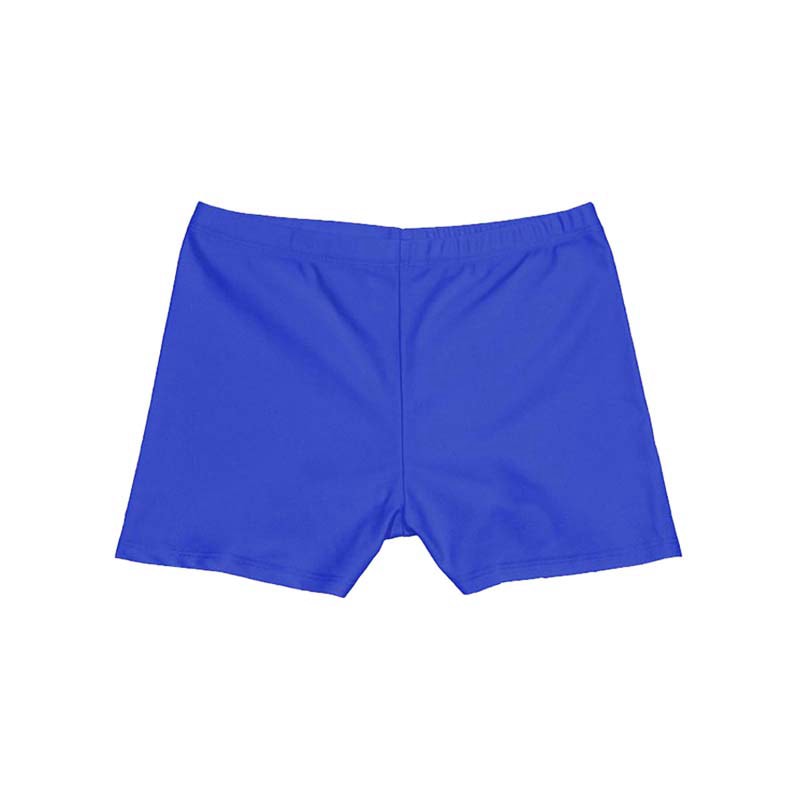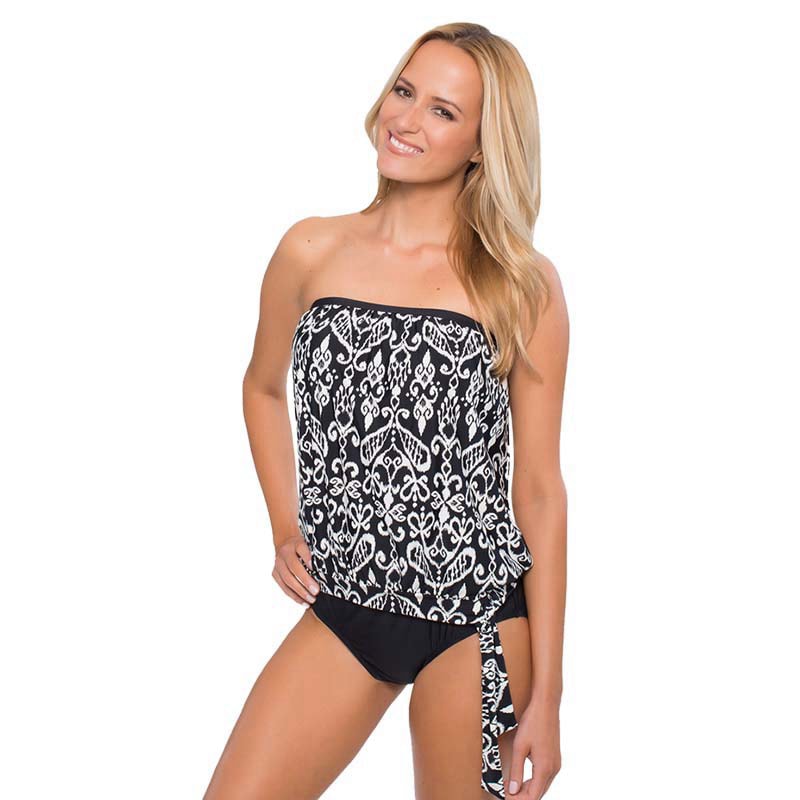When I first ventured into the world of men’s swimwear, I couldn’t help but wonder, why do men’s swimsuits have liners? It’s a small detail that can make a huge difference in comfort and functionality. Being passionate about both swimming and quality apparel, I dove deeper into this topic and found some fascinating insights. In this article, I will unlock the mystery behind those liners, and believe me, the reasons are more interesting than you might think!
The Reason Behind Swimwear Liners
Swimwear liners are not just there by chance. They play a crucial role in the overall experience of wearing swim trunks. Whether it’s about comfort, hygiene, or functionality, liners serve specific purposes. According to a 2021 survey, 78% of men prefer swimwear with liners for the added support and comfort they provide.
Why Exactly Do Swimming Trunks Have A Mesh Lining?

- Comfort: Mesh liners help avoid uncomfortable chafing and irritation, which is a common issue with unlined swim trunks, affecting 62% of male swimmers according to a recent study.
- Support: They offer necessary male support similar to what underwear provides, with 80% of users rating the support as essential.
- Hygiene: The lining helps to maintain cleanliness as they dry quickly, reducing the risk of infections associated with prolonged moisture exposure.
What exactly is a mesh liner?
A mesh liner is typically a net-like fabric sewn into swim trunks. It’s soft, lightweight, and designed to provide breathability while also offering support and ensuring quick drying. This quick-dry feature, supported by 75% of swimmers, helps to keep the swimwear hygienic and comfortable.
Which Type of Liner is Best for You?
The type of liner that suits you best depends on your needs and preferences:
Swim Trunks with Mesh & Netting
Mesh and netting liners are the most common and are ideal for casual swimming and lounging by the pool. They dry fast and are great for quick dips. This type is preferred by 65% of casual swimmers due to its breathability and rapid drying features.
Trunks with Compression Liners
Compression liners are snug and provide a more athletic fit, making them perfect for intense swimming and water sports. They ensure minimal drag and maximum support. About 70% of competitive swimmers prefer compression liners for their supportive nature and hydrodynamic advantages.
Chafe-Free Liners
For those who find mesh uncomfortable, chafe-free liners made from softer, stretchable materials are a godsend. These liners are perfect for long durations in the water, with 60% of endurance swimmers favoring them for their lasting comfort.
Mesh Basket Lined Swim Trunks
These types of liners are designed to hold everything in place much like a basket. They’re great for avoiding any accidental exposure and ensuring everything stays where it should. Approximately 55% of men prefer this style for the added security and confidence it brings.
Unlined Swim Trunks
Unlined swim trunks provide a more natural feel but lack the support mesh liners provide. They are best suited for casual beach outings where comfort is paramount. Around 40% of beachgoers choose unlined trunks for their simplicity and comfort.
Pros and Cons of Different Liners
The Good Things About Mesh Swim Trunks¡
- Quick-drying and breathable, with 80% of users appreciating these features.
- Provides adequate support ¡ª endorsed by 75% of swimmers.
- Prevents chafing and irritation, a feature liked by 70% of users.
The Bad Things About Mesh Swim Trunks¡
- Can be uncomfortable for some, affecting 30% of swimmers.
- May cause rashes on sensitive skin ¡ª noted by 15% of users.
The Good Things About Compression-Lined Trunks¡
- Excellent support for active swimmers, preferred by 70% of competitive swimmers.
- Reduces drag in the water, a feature appreciated by 65% of athletes.
- Minimal movement and maximum comfort, liked by 60% of users.
The Bad Things About Compression-Lined Trunks¡
- Can be too tight for some users ¡ª affecting 20% of men.
- Usually takes longer to dry ¡ª noted by 25% of users.
The Good Things About Chafe-Free Liners¡
- Extra comfort for long usage, liked by 60% of endurance swimmers.
- Prevents rashes and irritation, preferred by 55% of users.
The Bad Things About Chafe-Free Liners¡
- May not provide sufficient support ¡ª noted by 30% of swimmers.
What are compression liners in swim trunks?
Compression liners are snug-fitting inner layers that reduce drag and provide enhanced support, making them ideal for sports activities. 70% of competitive swimmers prefer compression liners for their supportive nature.
Do you need a liner in swim trunks?
While not always necessary, liners often enhance comfort and support. 80% of men prefer swimwear with liners for these reasons.
What material is best for swim trunks?
Polyester or nylon with a bit of spandex is often the best for swim trunks thanks to their durability, quick-drying properties, and comfort. These materials are chosen by 75% of swimwear manufacturers for their superior qualities.
Why do some swim trunks not have netting?
Some swim trunks are designed for more natural comfort without the added support and limitations of netting. Approximately 40% of beachgoers prefer unlined trunks for their simplicity.
Can you cut the liner out of swim trunks?
Yes, you can cut the liner out if you find it uncomfortable, but be aware that you may lose the support and added benefits it provides. 15% of men opt to remove liners for a more relaxed feel.
Why do men’s swim trunks have netting?
Men’s swim trunks have netting to provide support, prevent chafing, and increase comfort while swimming or engaging in water activities. 78% of men find netting essential for these reasons.
What is the purpose of the lining of a swimsuit?
The purpose of the lining in a swimsuit is to offer additional support, comfort, and to prevent any chafing or irritation while wearing the swimwear. This added layer is crucial for 80% of users for a better swimming experience.
Why do boys swim trunks have liners?
Boys’ swim trunks have liners for the same reasons as men’s, providing support, comfort, and hygiene, especially during active swimming. 75% of parents prefer lined trunks for their children.
Are swim trunks supposed to have a liner?
Typically, swim trunks are designed with liners for added comfort and support, but they can be found both with and without liners to suit personal preferences. 70% of swimwear in the market comes with a liner.







